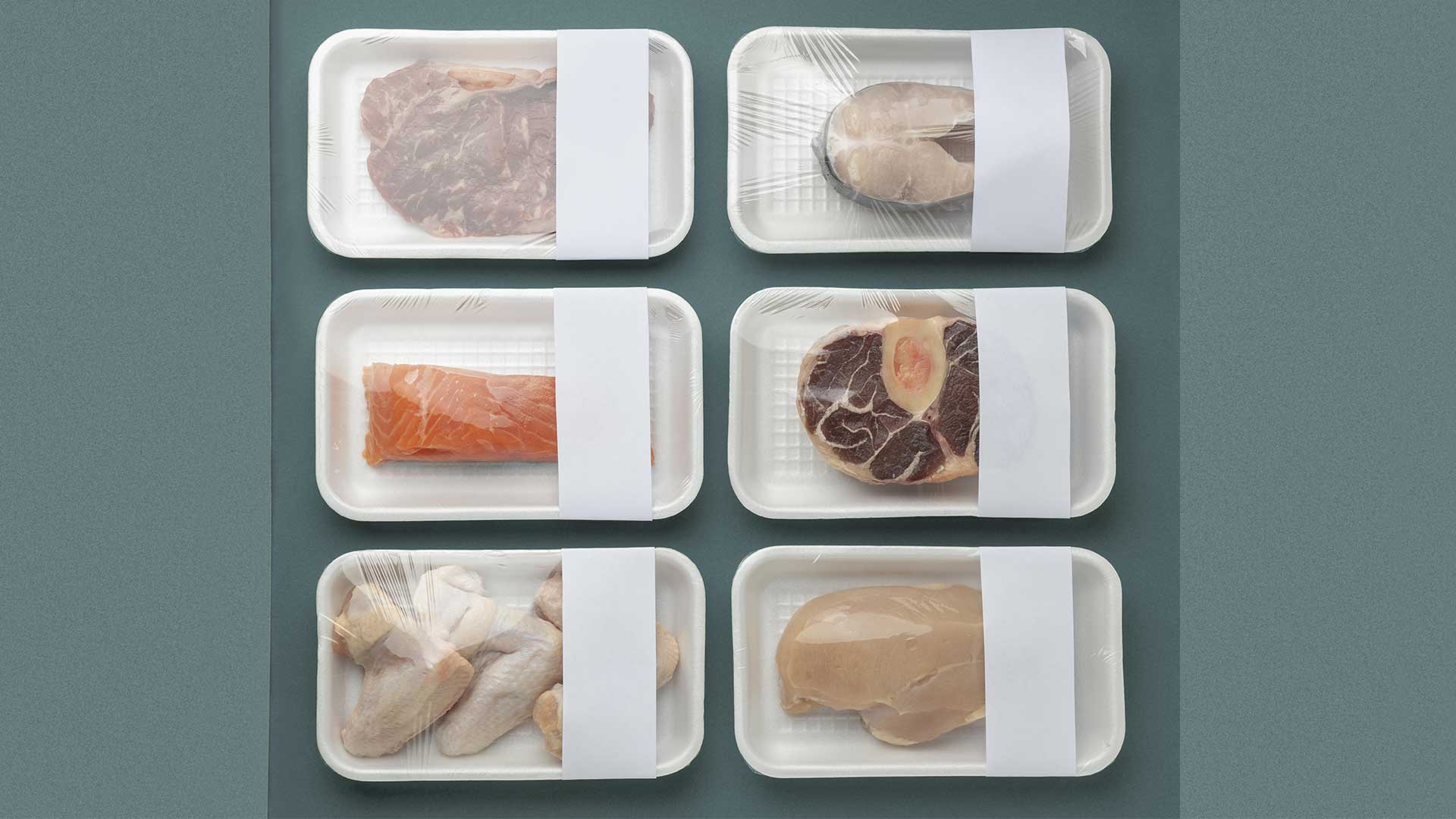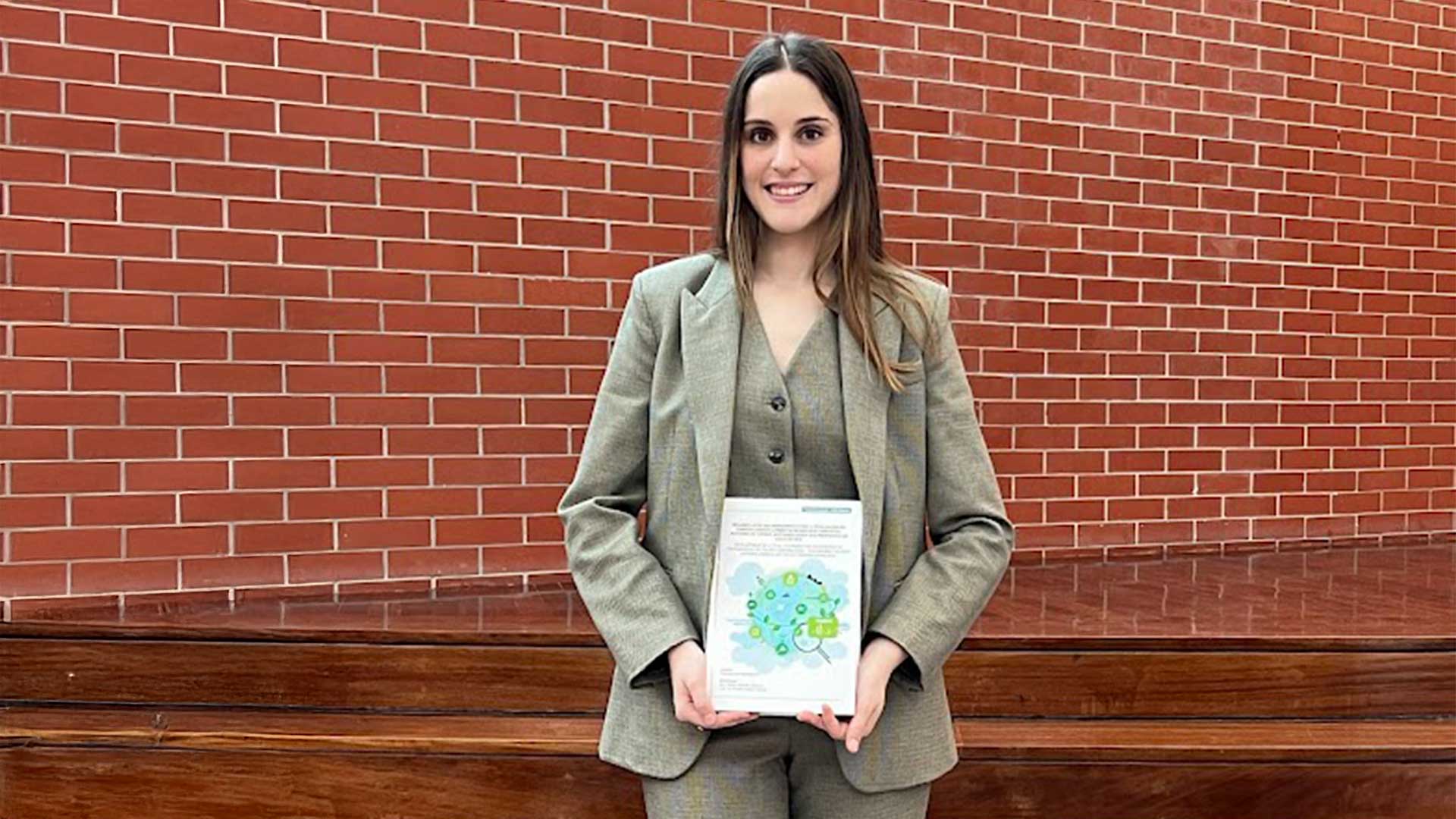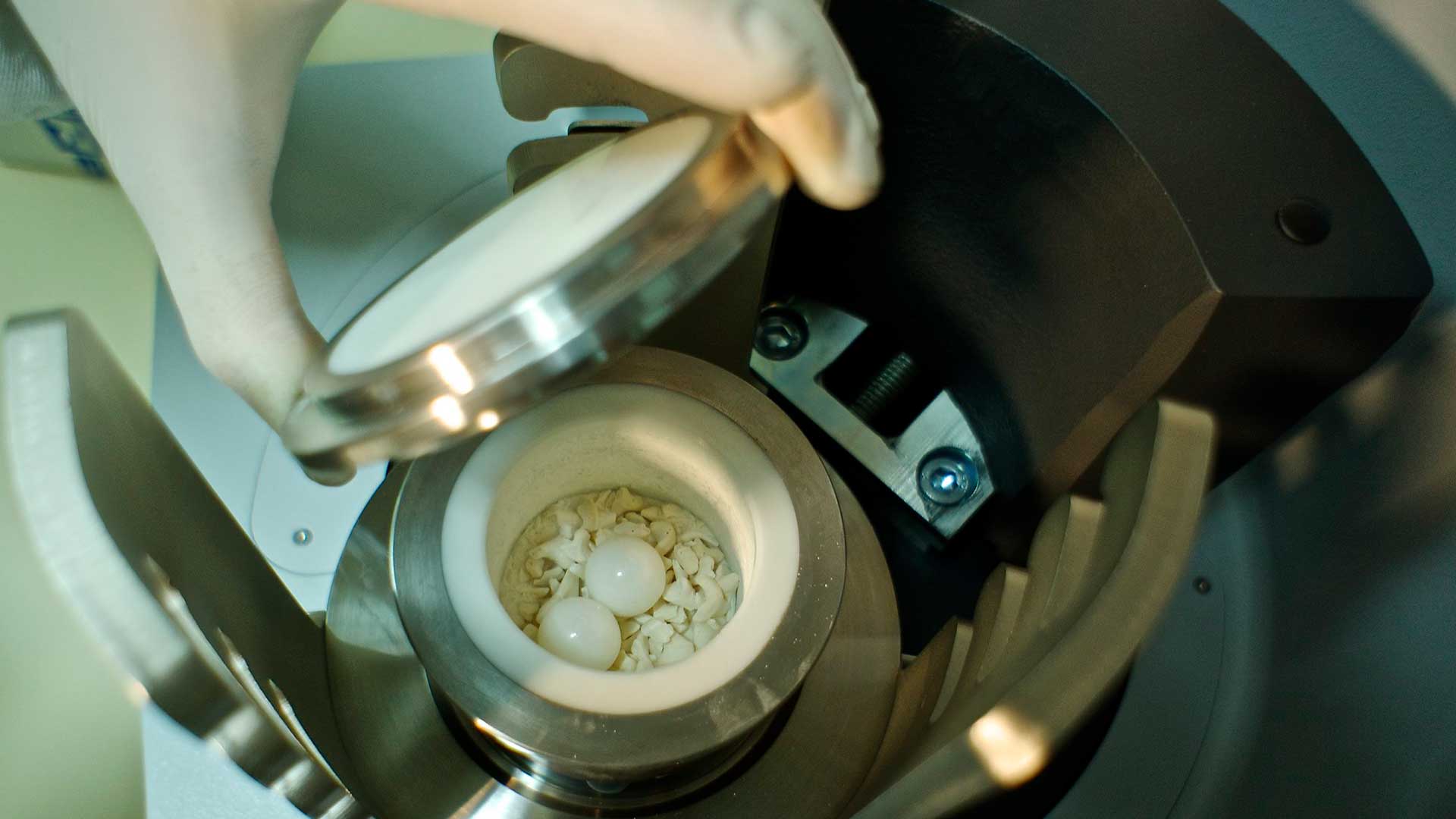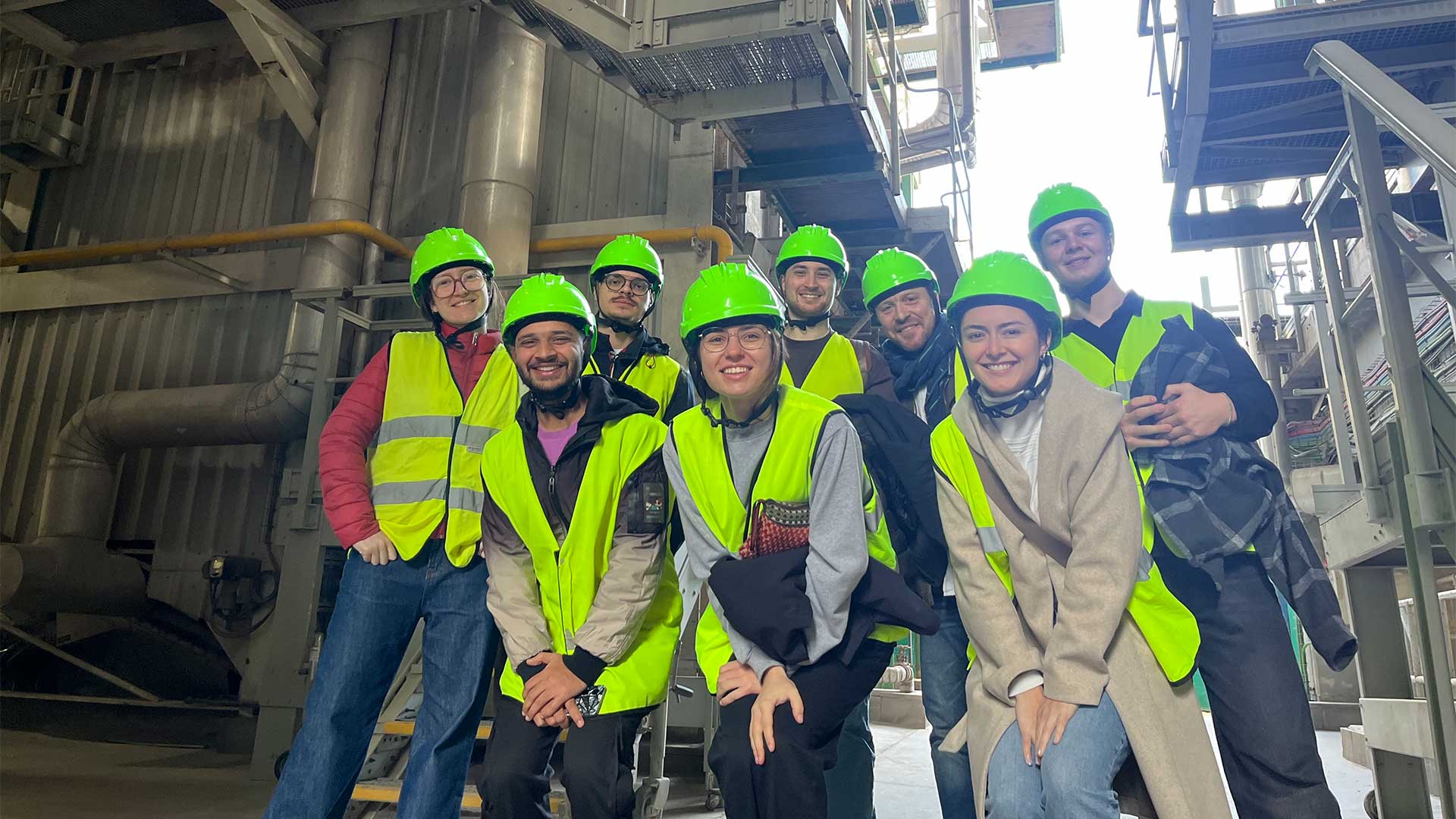Our UNESCO Chair in Life Cycle and Climate Change researchers, Pere Fullana-i-Palmer and Ilija Sazdovski, collaborated with Harrison Tetteh, Rita Puig, and Mercè Balcells from the University of Lleida, María Margallo and Ruben Aldaco from the University of Cantabria published a scientific research paper emphasizing the importance of extending product shelf life in Life Cycle Assessment (LCA).
Consumer-level food waste has considerable environmental consequences and is related to packaging and its impact on product shelf life. This study uses the life cycle assessment methodology to compare food packaging systems with similar or varying shelf life, comparing meat-packaging systems in two distinct comparison categories.
The first involved packaging systems with the same shelf life and, consequently, the same percentage of food waste related to food produced. These packaging systems were easier to compare, as there was no need to include the food waste (which will be compensated in the comparison). The environmental results followed the usual eco-design criteria and showed that the best packaging is the simplest, with the lowest packaging-to-food ratio.
In contrast, the second comparison category, which compared packaging systems with different shelf lives leading to varying percentages of food waste, was led by the product’s impact instead of the product’s packaging.
Currently, there is no scientific consensus on using a specific model to estimate food waste at a given shelf life of a packaged product. Therefore, different shelf-life-food-waste models from the literature were reviewed, summarised, and adapted into three methods to estimate food waste from retail to consumption related to food produced at the slaughterhouse gate.
The results showed that the packaging with a longer shelf life (15 days instead of 6, with a modified atmosphere in its headspace) was environmentally preferable compared to the others (irrespective of material type and packaging-to-food ratio), as it reduced the food waste from 47% to 15% of the total meat produced at the slaughterhouse gate, consequently reducing Climate Change by approximately 78%. The range of food waste estimate was 24-66% using 5 different models. Despite this variation, a sensitivity analysis demonstrates that the comparison results remain consistent, emphasising the significance of food waste in the environmental impact.
Hence, due to the significance of food waste calculation in the environmental comparison of food packaging systems, it is recommended that existing models in the literature should be reviewed and validated by testing them with comprehensive statistical data from retail and consumers.




Leave a message